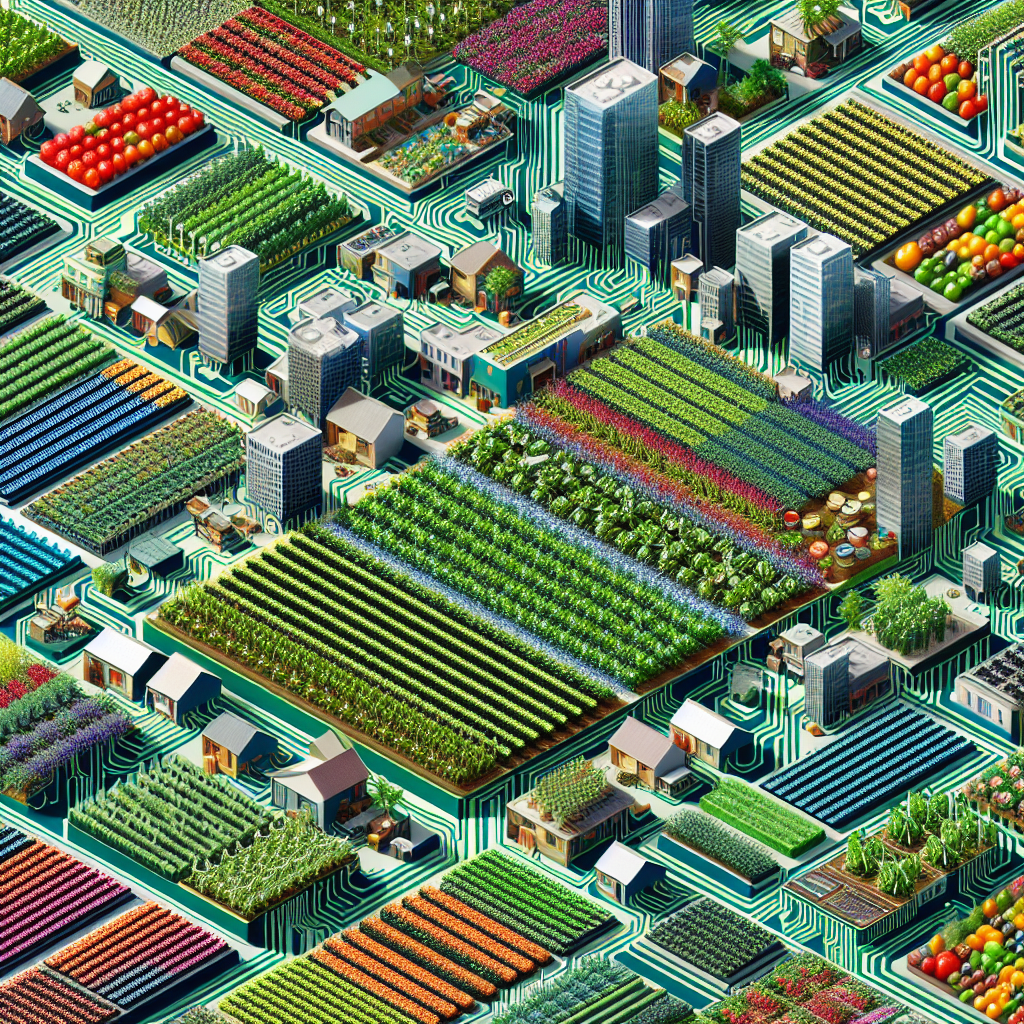The Rise of Community Gardens: Cultivating Food, Neighborhoods, and Connections
This blog post provides an objective overview of the number of community gardens in the United States, drawing on expert insights and case studies to paint a comprehensive picture of this growing movement.

2. Overview of Community Gardens in the US
Community gardens are plots of land where individuals within a community work together to cultivate fruits, vegetables, flowers, or herbs. These shared spaces are often managed collectively, with individuals assigning and tending to specific plots. Community gardens play a crucial role in promoting food security, sustainability, and social engagement.
3. Estimating the Number of Community Gardens
Pinpointing the exact number of community gardens in the US can be challenging. However, numerous organizations and researchers have made concerted efforts to document these spaces. According to Dr. Robert Cameron, a leading expert in community gardening, "There are approximately 18,000 community gardens in the United States, and that number continues to grow each year."
4. Case Study: New York City
One notable example of community gardening can be found in New York City. The city boasts a remarkable network of over 600 community gardens. These spaces, often tucked between residential buildings or vacant lots, not only provide fresh produce to city dwellers but also contribute to urban greening efforts and serve as important gathering spots for diverse communities.
5. The Benefits of Community Gardens
Beyond their agricultural contributions, community gardens offer a multitude of benefits. According to Helen Thompson, a renowned horticulturist, "Community gardens enhance food sovereignty, promote physical and mental well-being, beautify neighborhoods, and encourage environmental stewardship." Furthermore, these spaces provide opportunities for intergenerational learning, skill-sharing, and community building.
6. Exploring Challenges and Solutions
While community gardens offer many advantages, they also face certain challenges. Limited access to land, funding constraints, and insufficient community engagement can hinder the establishment and maintenance of these gardens. However, organizations such as the American Community Gardening Association (ACGA) are actively working to address these obstacles by advocating for policies that support land availability, providing resources, and facilitating networking among gardeners.
7. Conclusion
Community gardens play an essential role in creating sustainable and resilient communities. Despite the challenges they encounter, these spaces continue to grow in number and significance. Understanding the benefits they bring and exploring potential solutions to the challenges they face can contribute to their further development and impact on local communities.
8. Call to Action
To continue this conversation about community gardens and their impact, I encourage professionals in the field and interested individuals to engage in dialogue, share their experiences, and conduct further research. By collaborating and exchanging knowledge, we can foster the growth of community gardening and contribute to positive change in our communities.